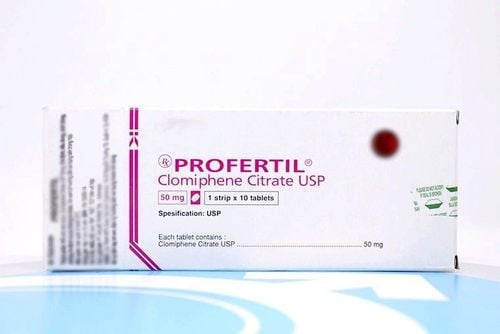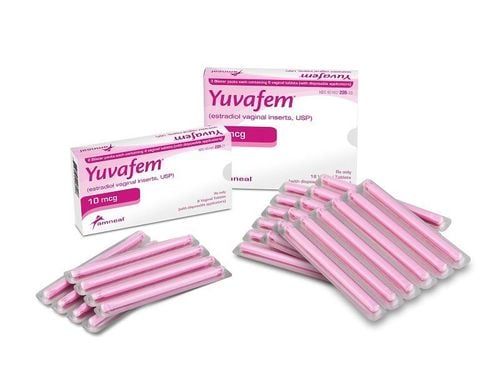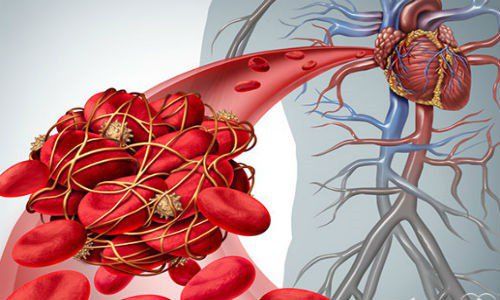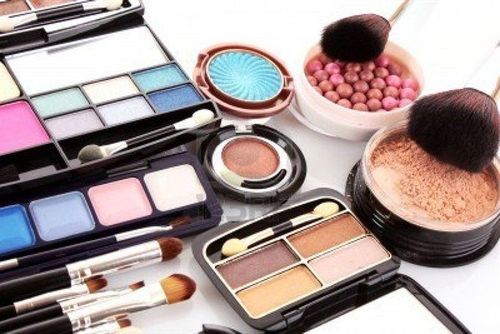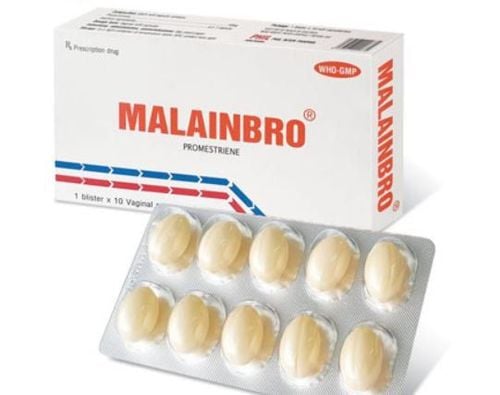This is an automatically translated article.
Parabens are man-made chemicals commonly used in small amounts as preservatives in cosmetics, pharmaceuticals, foods and beverages. The common parabens are methylparaben, ethylparaben, propylparaben and butylparaben,... Usually in a product there will be more than one paraben.1. What are parabens?
Parabens are synthetic chemicals used as preservatives in a wide variety of products including cosmetics, pharmaceuticals, foods and beverages. According to the US Food and Drug Administration (FDA), parabens are preservatives that help products have a longer shelf life and prevent harmful bacteria and mold from growing in products. Usually there is more than one paraben in a product. Parabens are derived from a chemical called para-hydroxybenzoic acid (PHBA) that occurs naturally in many fruits and vegetables such as blueberries and carrots. Besides, para-hydroxybenzoic acid is also formed naturally in the human body by the breakdown of certain amino acids.Parabens made for consumables and personal care products resemble those found in nature. The common parabens are methylparaben, ethylparaben, propylparaben, isopropylparaben, isobutylparaben and butylparaben,...
2. Exposure to parabens
Sandra Arévalo, director of nutrition services and outreach in the Department of Community Pediatrics at Montefiore Medical Center in New York, says: “Parabens are widely used because they are extremely effective and do not cause allergic reactions. response as well as low production costs”. Because preservatives are found in many foods and beverages, exposure to parabens can enter the body by eating or swallowing products that contain parabens. However, parabens when entering the body will be quickly eliminated.
Many products such as makeup, moisturizers, hair care products, and shaving creams contain parabens. Parabens in these products are absorbed through the skin. The U.S. Food and Drug Administration requires all personal care products to be labeled with a list of ingredients so that consumers can see what's in the product and decide if they have it. want to use it or not. Cosmetic manufacturers are not required to obtain FDA approval to develop, market, or sell products containing parabens to consumers. However, if a cosmetic or personal care product contains parabens that are found to be hazardous when used according to the product's instructions, FDA will take action and may remove the product. out of the market.
MORE: What are paraben-free beauty products?
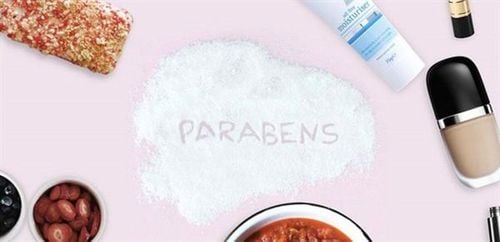
Paraben được tìm thấy trong một số loại mỹ phẩm trên thị trường
3. Are Parabens Dangerous?
Chesahna Kindred, a dermatologist at Howard University in Washington, D.C., says, “Since 90% of common items found in grocery stores contain parabens, the concentrations in our blood are high. would increase, would like to know if there are any health risks associated with the use of products containing these chemicals?”. But the answer is unclear and controversial about whether parabens cause cancer or not? If yes, how much parabens lead to cancer?Mrs Kindred said parabens are believed to be endocrine disrupting chemicals, also known as hormone mimic chemicals. That means the body can treat parabens like a hormone. For example, parabens have been found in breast cancer cells, which suggests that parabens may act like estrogen.
With increasing rates of certain types of cancer, additives in food and personal products are increasingly under scrutiny. A scientific review of cosmetics and their cancer risk published in 2018 in the journal JNCI Cancer Spectrum concluded that there is no evidence that the use of products containing parabens leads to increased cancer risk. The authors note that a large number of untested chemicals are available in a wide variety of products in the United States and that higher quality and cost-effective screening methods are needed to test ingredients. potentially carcinogenic, such as parabens.
Studies on rats have proven that parabens are endocrine disruptors, which means parabens can cause breast cancer. However, St. The endocrine disruption seen in the mice only occurred after the animals were injected with doses of parabens much higher than what humans are normally used to, says John. And to date, human clinical trials have not shown a link between parabens and an increased risk of cancer.
However, some experts are concerned about the potential cumulative effects of using products that contain parabens, Kindred said. While more research is needed in this area, the CDC reports that there is no clear indication that higher levels of parabens in the body cause adverse health effects. But some individuals may be more sensitive to parabens than others. “As with many potentially hazardous chemicals, different people will have different sensitivities and sensitivities based on genetic origin,” said Gretchen Edwalds-Gilbert, professor of biology at Scripps University in California. their transmission.
If consumers are concerned about using products containing parabens, Edwalds-Gilbert recommends following the Latin phrase “ne quid nimis”, which means “nothing in excess”. Perhaps using products containing parabens in moderation is the key to avoiding unforeseen health problems.

Người dùng có thể lựa chọn sản phẩm không chứa Parapen
In a nutshell, Parabens are synthetic chemicals used as preservatives in a wide variety of products including cosmetics, pharmaceuticals, foods, and beverages. The common parabens are methylparaben, ethylparaben, propylparaben, isopropylparaben, isobutylparaben and butylparaben,... Usually in a product there will be more than one paraben. Accordingly, we should only use products containing parabens in moderation to prevent the risk of unwanted effects.
Please dial HOTLINE for more information or register for an appointment HERE. Download MyVinmec app to make appointments faster and to manage your bookings easily.
References: cdc.gov, livescience.com




